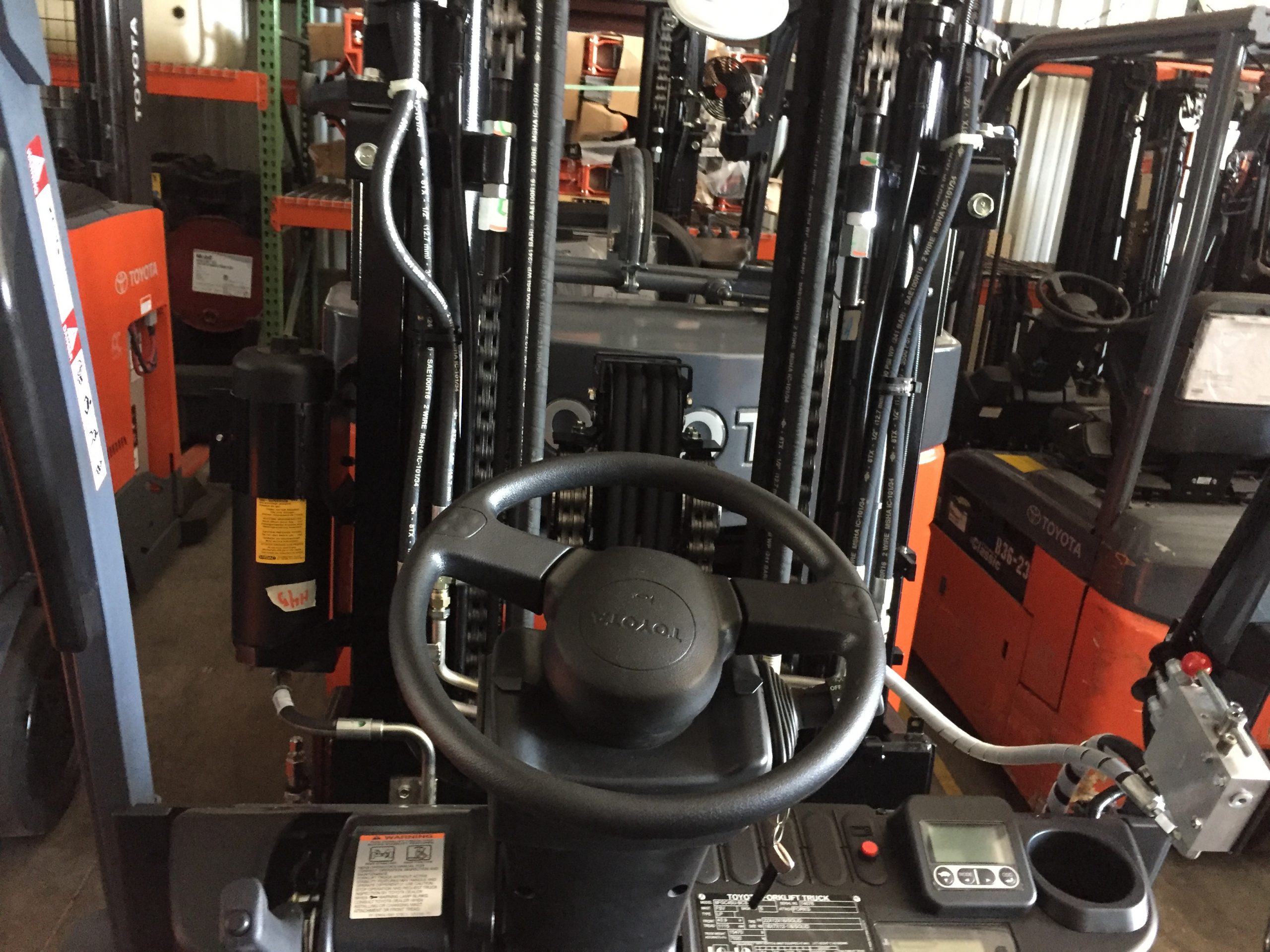Many warehouse managers focus on a number of things when considering their business’ operations. That would include employee safety, cost controls, efficiency and productivity. However, they may be neglecting ergonomics to the detriment of their team?
Paying more attention to ergonomics can be the key to achieving a happier workforce because they are being protected against workplace injuries. As a result, there could be a boost in productivity and thus to the company’s bottom line.
What Is Ergonomics?
So, what is ergonomics? If you’re looking for a dictionary definition than there’s none better than the Merriam-Webster dictionary, which has been around since 1828. According to the iconic publication, ergonomics is an applied science concerned with designing and arranging things people use so that people and things interact more efficiently and safely.
Focusing on ergonomics is equivalent to protecting your employees’ bodies as well as the equipment that they use.

(Courtesy: Olli at flickr.com)
For example, when you invest in a fleet of forklifts that provide easy access to manual controls, better seating configuration, improved visibility, and better protection from environmental extremes, you are practicing good ergonomics and focusing on relieving your employees of stresses and strains that occur during a long shift period. You enhance their health and energy, which helps them focus on making fewer errors and thus provides a boost to the bottom line.
And there is the added benefit of prolonging the life cycle of the equipment these workers use because synergy between machine and operator is being assured. Providing better visibility to the employees who operate your forklifts means that there are fewer dings to the machine as well as less wear and tear. It also helps to ensure smoother braking, better cornering, and reduced maintenance.
Moreover, a focus on ergonomics enhances employee morale and reduces turnover. If you’ve ever experienced the need to replace an employee and then replacing him again only a few months later, then you’ve learned that turnover can be a detriment to a warehouse’s financial wellbeing. Workers who can perform their jobs in more comfort with less physical strains and risks are more inclined to stay with the company.
Of course, a happy workforce is more willing to offer greater productivity. They’re happy because they trust the equipment they’re using as well as the employer because he invested in that equipment
Ergonomics also reduces the risk of injuries and accidents. If your workers are able to use machinery that has features that ensure safety, then they can concentrate on doing their jobs rather than worrying about the next accident. Ergonomic steering, programmable settings and sensor-assisted stability contribute to better control and lessen the chance of an accident and injury. The result is one more way to gain the workers’ trust, assure loyalty, and improve morale and output.
Ergonomics shouldn’t end with the workers’ relationship with his equipment; it should also include his relationship with his workspace including lighting, aisles and other aspects of workplace design.
So, now that you’re considering ergonomics as a way to ensure a better relationship between your workforce and your machines, extend that to include the workplace environment. Your bottom line will reflect it.
(Source: liftow.com)

